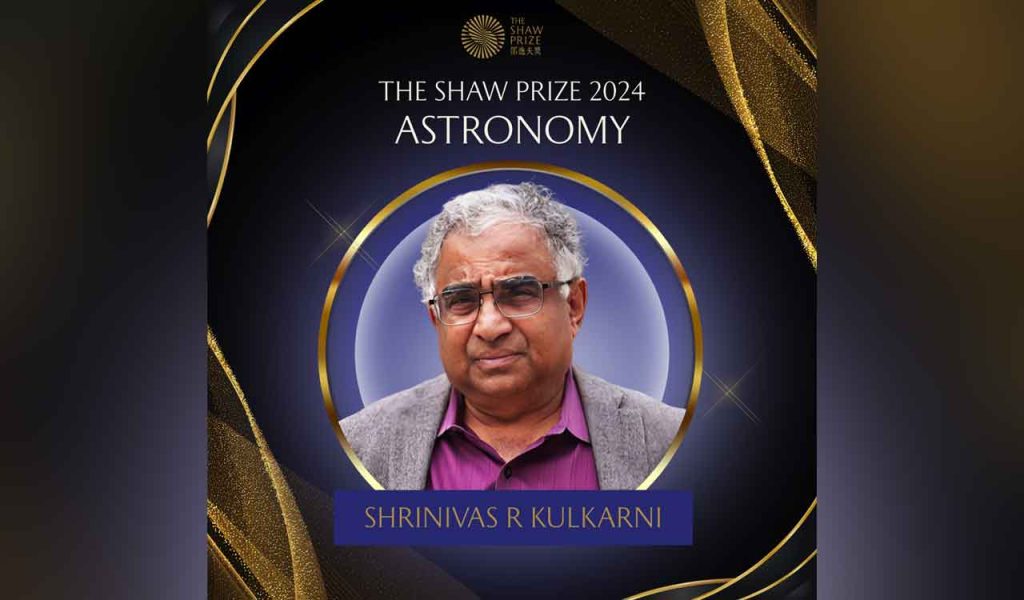Context:
Recently, Indian-American Shrinivas Kulkarni was awarded the Shaw Prize in Astronomy for
More on the News: He won this prestigious Shaw Prize in Astronomy for his ground-breaking discoveries about millisecond pulsars, gamma-ray bursts, supernovae, and other variable or transient astronomical objects.
About Astronomical Transient
- In astronomy, a ‘transient’ is any celestial object whose brightness changes in short periods.
- Astronomers study transients to understand where violent events come from and what that can tell us about non-transient events.
- Some of these phenomena happen in our galaxy (galactic) while others are outside the Milky Way (extragalactic).
Shaw Prize
- In 2002, under Mr Run Run Shaw (a Hong Kong businessman), the Shaw Prize Foundation was established. The inaugural Shaw Prize was presented two years later in 2004.
- It referred as “Nobel of the East”
- It consists of three annual awards given in the fields of Medicine and life sciences, Astronomy and mathematical sciences.
- Each prize carries a monetary award, which has been set at of one million two hundred thousand US dollars since 2016.
Examples of Astronomical Transient
One of the most well-known transients is supernovae — when the outer layers of large stars blow up while their cores implode because the stars have run out of elements to fuse.
- Many a supernova has been known to become so bright that it emits light more intensely than the stars in the rest of its host galaxy combined.
Active galactic nucleus (AGN) is the centre of massive galaxies that host supermassive black holes.
- Interactions between the black holes and the matter in this process cause the latter to acquire energy and glow with changing brightness.
In 2007, astronomers discovered a mysterious new transient called a fast radio burst (FRB). They can emit more than 10 times as much energy as the Sun in a few milliseconds.

